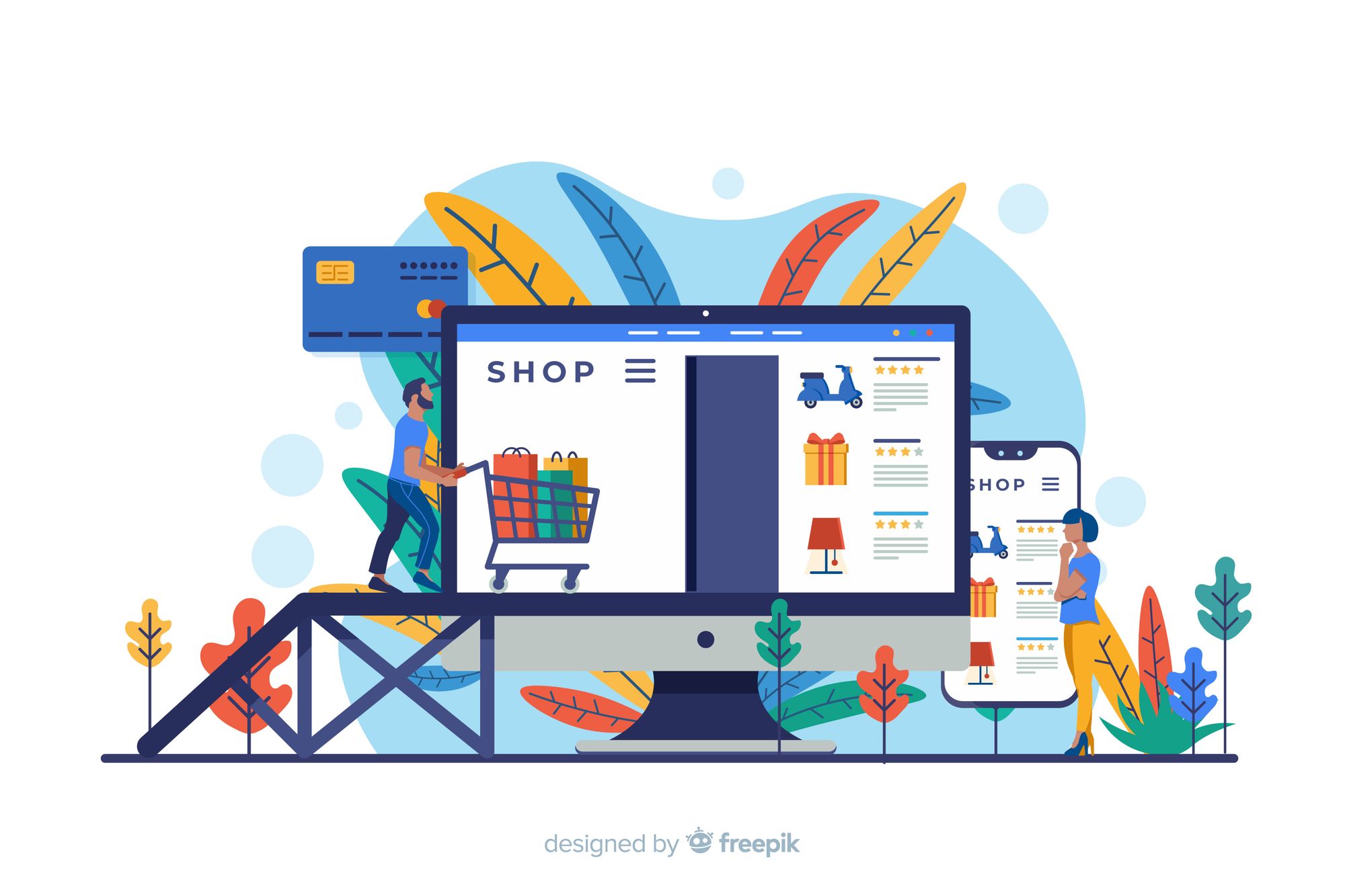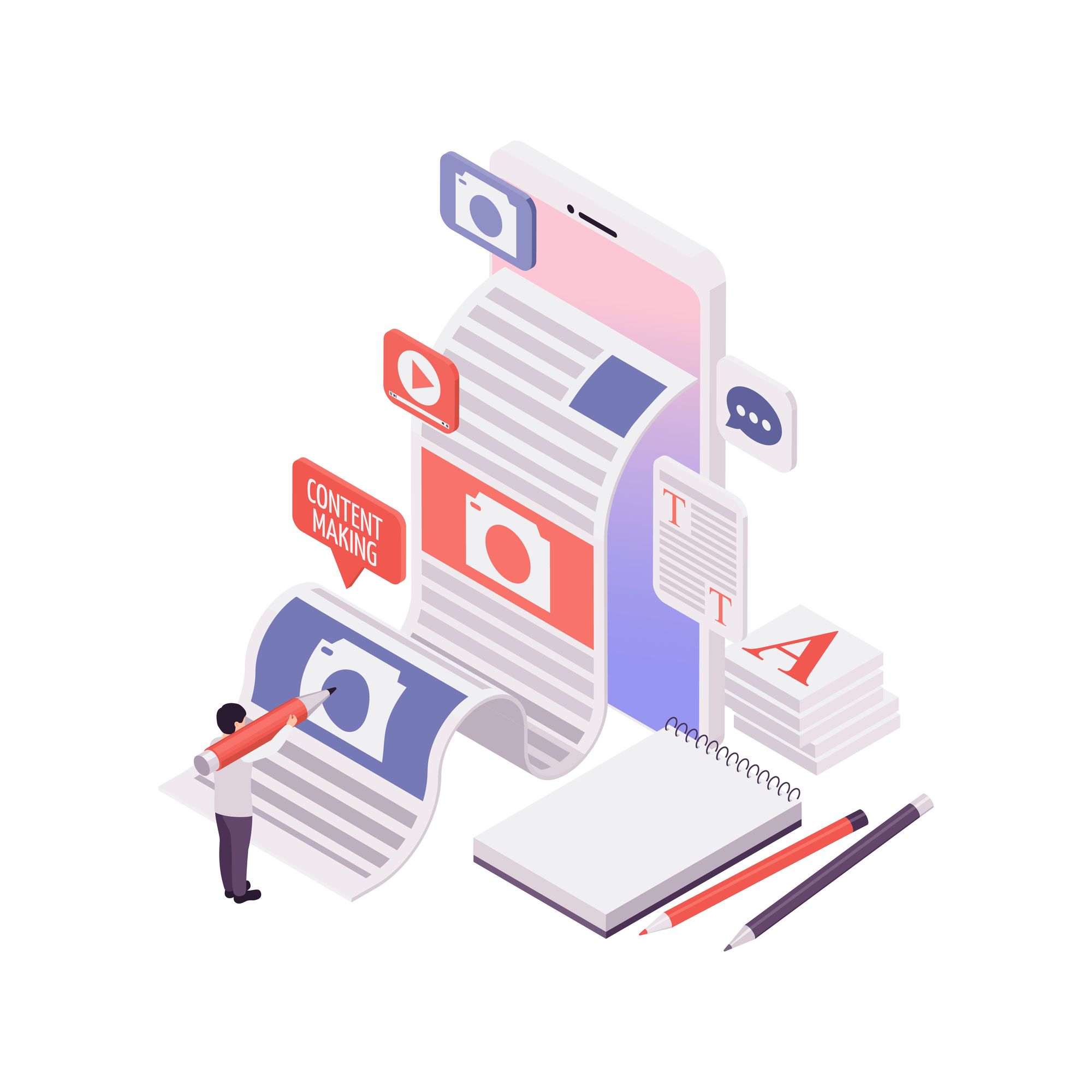5 Awesome Ways To Create Personalized Customer Onboarding

Customer onboarding is the process of helping new customers use your product or service. It's a crucial step to ensure customer satisfaction, retention, and loyalty. But how do you personalize customer onboarding effectively?

Personalization is the key to creating a memorable and engaging customer onboarding experience. It means tailoring your onboarding messages and strategies according to what you know about your customers.
Personalized customer onboarding comes with the following benefits:
- It connects your customers to your company on a personal level.
- It provides relevant and tailor-fit support that helps customers achieve their goals.
- It can increase customer engagement and retention rates by reducing roadblocks and confusion during the onboarding process.
- It creates deeper relationships with customers by building trust and loyalty.
For sure, creating the onboarding for your product or service isn't a walk in the park. Especially if you add your personal touch, but, hey! We're here to help you through the tips below:
- Segmenting customers
- Get customer feedback
- Use dynamic content
- Offer a variety of learning options
- Understand customer behavior
If you think that's that. You're wrong because we're not even done yet! Keep reading and get a better understanding of each tip.
Let's get started!
Step 1. Segment your customers according to their characteristics

The first step to personalizing your customer onboarding is to segment your customers into different groups relevant to their similar characteristics. For example, you can segment them by:
- Industry
- Role
- Company size
- Location
- Use case
- Skill level
- Expectations
Segmenting your customers can help you understand their specific needs, pain points, goals, and motivations. This way, you can tailor your onboarding content and flow accordingly.
For example, if you have a SaaS product that offers different features for different roles (such as marketers, salespeople, and developers), you can segment your customers by their roles and show them only the relevant features for their job.
Step 2. Collect feedback from your customers during the onboarding process

The second step to personalizing your customer onboarding is to collect feedback from your customers during the onboarding process. Feedback can help you learn more about your customers' preferences, opinions, challenges, questions, and satisfaction levels.
You can collect feedback from your customers using various methods such as:
- Surveys
- Polls
- Ratings
- Reviews
- Chatbots
- Emails
Collecting feedback from your customers can help you improve your onboarding experience by identifying what works well and what needs improvement. You can also use feedback to personalize your follow-up actions such as sending thank-you notes or offering additional support.
Step 3. Use dynamic content to customize your messages

The third step to personalizing your customer onboarding is to use dynamic content to customize your messages. Dynamic content is content that changes as a result of certain actions, data, or conditions.
You can use dynamic content to personalize various aspects of your messages such as:
- Subject lines
- Greetings
- Names
- Images
- Videos
- Call-to-actions
Using dynamic content can help you create more relevant and engaging messages that capture your customers' attention and interest.
For example, if you have an email marketing tool that allows users to create customizable campaigns for subscribers, you can use dynamic content to show users how campaigns will look with their own logo, name, and message.
Step 4. Provide multiple learning options for different learning styles
The fourth step to personalizing your customer onboarding is to provide multiple learning options for different learning styles.
Learning styles are the ways people prefer to learn new information or skills.
Some common learning styles are:
- Visual: People who learn best by seeing images, diagrams, charts, or videos.
- Auditory: People who learn best by hearing sounds, music, speeches, or podcasts.
- Reading/writing: People who learn best by reading text, books, articles, or blogs.
- Kinesthetic: People who learn best by doing hands-on activities, experiments, games, or simulations.
Providing multiple learning options for different learning styles can help you cater to the diverse preferences and needs of your customers. You can provide multiple learning options such as:
- Video tutorials
- Webinars
- E-books
- Guides
- Checklists
- Quizzes
- Games
- Demos
Providing multiple learning options for different learning styles can help you increase engagement, understanding, and retention of information among your customers.
Step 5. Track user behavior
One of the ways to personalize customer onboarding is to track customer behavior and use it to tailor the experience. Tracking customer behavior can help you understand their goals, preferences, pain points, and level of engagement.
You can use tools like analytics, surveys, feedback forms, or chatbots to collect data on how customers interact with your product or service. Use this data to segment your customers into different groups and offer them custom content, guidance, support, and incentives.
Personalize the onboarding process by tracking customer behavior and using it to tailor your communication and support. For example, taking into account their actions or inactions, you can send them custom emails or messages. You can also look at their progress or challenges to provide them with relevant tips or tutorials. Checking their achievements or loyalty also allows you to offer rewards, badges, or discounts. Overall, personalizing the onboarding process can increase customer satisfaction, retention, and loyalty.
Why Personalize Customer Onboarding?
Customer onboarding is a crucial stage that can determine the success and retention of your customers. Personalizing customer onboarding means tailoring the process to fit the specific needs, goals, and preferences of each customer segment. Doing so offers benefits for your business, such as:
- Increase customer satisfaction and loyalty by making them feel valuable and understood
- Reducing churn and increasing retention by helping customers achieve their ideal outcomes faster and easier
- Boosting customer advocacy and referrals by creating positive word-of-mouth and social proof
- Enhancing customer lifetime value (LTV) by increasing usage, engagement, and upsell opportunities
To personalize your customer onboarding process, you need to understand your customers' pain points. You also need to categorize relevant customers according to similar criteria such as industry, role, income, and the like. Then you need to plan and design an onboarding journey that fits each category's needs. Guide each of them through the best practices for using your product or service. You can use various tools and methods to personalize your customer onboarding experience, such as:
- Customize your welcome emails to address their name, goals, and challenges
- Interactive tutorials that walk the customer through the key features and benefits of your product or service
- In-app messages that provide contextual tips, feedback, and encouragement relevant to the customer's actions
- Personalize content offers by giving relevant resources, case studies, or testimonials for each customer segment
- Dedicated account managers or customer success managers provide personalized support and guidance throughout the onboarding process
Personalizing your customer onboarding process helps you create a remarkable first impression. It also helps you build trust, rapport, and loyalty over time. By personalizing your customer onboarding process, you can increase your chances of turning new users into happy customers who love your product or service.
Connect To Customers From the Start
To sum up, personalized customer onboarding is a powerful way to increase customer satisfaction, retention, and loyalty. By understanding your customers' needs, goals, and preferences, you're capable of tailoring your onboarding process to provide customers the best possible experience. You can use various tools and strategies and personalize your customer onboarding, such as segmentation, surveys, feedback loops, gamification, and automation.
For that to work, remember the key points in this article:
- Segment customers according to similarities
- Listen to your customer
- Use dynamic content
- Offer multiple learning options
- Understand how your customer behaves
By doing so, you're helping your customers achieve their favorable outcomes faster and easier while building a connection with them. Take inspiration in creating your own by checking these best customer onboarding videos.
